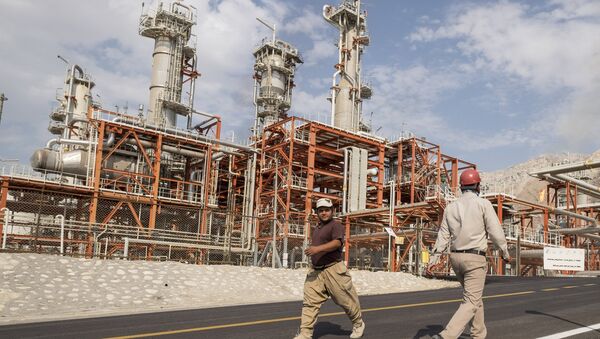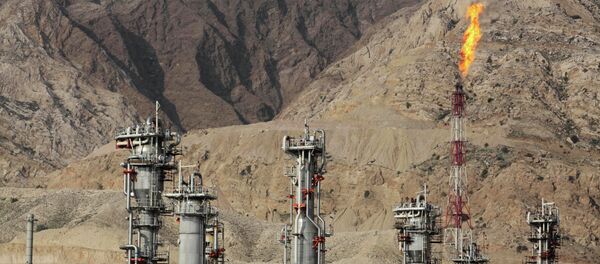There has been a recent understanding between Indian Oil Corporation Ltd, a government-run national oil company, and the Bangladesh Petroleum Corporation to examine the possibility of jointly setting up a LPG import terminal on the coastal belt of Bangladesh's Chittagong district, marketing LPG in Bangladesh's domestic market as well as developing related infrastructure in Bangladesh.
According to Petroleum Minister Dharmendra Pradhan, after calculating the total requirement of Indian consumers and the demand in neighboring countries, India's LPG requirement could rise to 30 million metric tons in the coming years. “After the lifting of economic sanctions, there is a big scope for us to imported LPG from Iran.”
Earlier this month, a statement released after Pradhan’s visit to Iran said, “India has expressed an interest in importing LPG from Iran. Companies from both sides could discuss on jointly setting up a extraction plant in Chabahar, if required.”
Currently, India has a consumption capacity of 21 million metric tons of LPG. Out of this, India has indigenous production capacity of 60% and 40% is imported. If demands from Bangladesh and Sri Lanka are added, consumption capacity could rise to 30 million metric tons.
"Importing LPG from Iran is much cheaper for India than producing it at home. Therefore, in the next 5-7 years, India will import more."
There is immense demand for LPG in Bangladesh, where only 15% of the population has access to LPG. This figure is only 10% and 21% in Sri Lanka and Nepal respectively. India and China are vying to capture these markets as LPG is a basic need for every household in these countries. This will be commercially beneficial but will also prove a major tool for swaying public sentiments in the favor of the supplier country.



